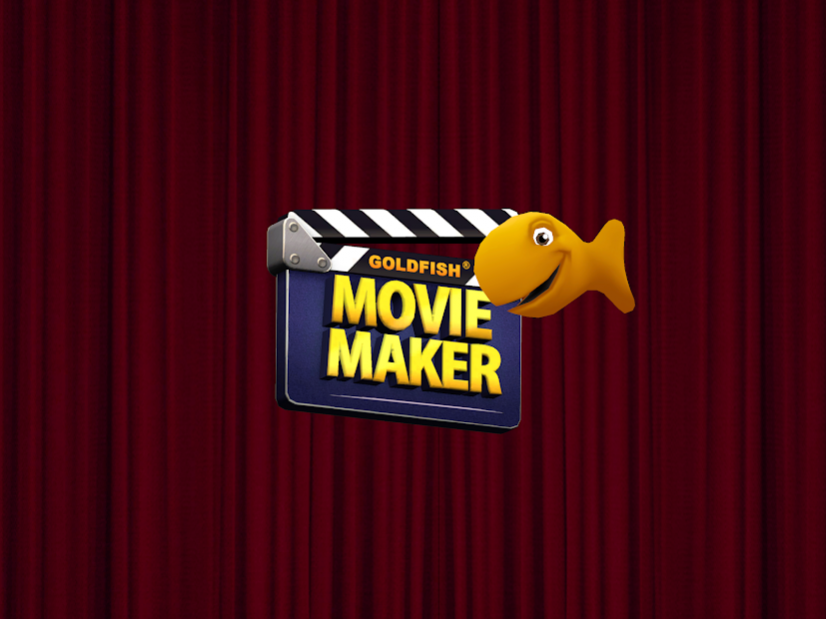



We can step into that gap and restore playful construction to our buildings. They spend most of their day consuming and absorbing information. But I think we can all see that our schools do not provide enough time, space, or tools to allow students to create. I’ll also have task cards, with directions for projects like continuous line drawing, as shown on. Maybe a communal loom, that students can add to, like this one from. They could design something like this, from FrugalFun4Boys.Īrt Maker Space: I’ll have craft supplies in baskets on the shelves. This will be an area for hands-on construction. I’ll have a charging cart for these devices to live in at night and re-charge.īuilding Maker Space: I’ll have building tools, and possibly building challenges on task cards. It could look like this photo from. I’ll have task cards that they can choose from, directing them to sites like, or Scratch, or Lego Movie Maker. Technology Maker Space: This area will have iPads and netbooks available for students to create and problem solve. I’ve planned three for our library: technology, building, and art. This opens up shelves and areas for our planned maker spaces. In our district, we are shifting our resources from print to a mix of print and digital resources. I’ll keep you posted throughout this process, and I will still have library centers, too. In my transformed library space, I plan to have a technology maker space, a building maker space, and an art maker space. I think that maker spaces are more open-ended and allow for more freedom of expression than library centers. (Give me your Pinterest name in a comment if you’d like to be added to our board.) I’ve been thinking for several months about maker spaces, and how they differ from library centers. I’ve got a collaborative Pinterest board about Library Makerspaces. Part of my 5-year plan is to incorporate maker spaces into our school library.

I missed you for the last few weeks! I was busy launching my Jamberry business and writing my 5-year plan for our library.


 0 kommentar(er)
0 kommentar(er)
